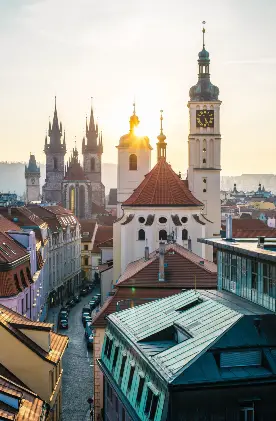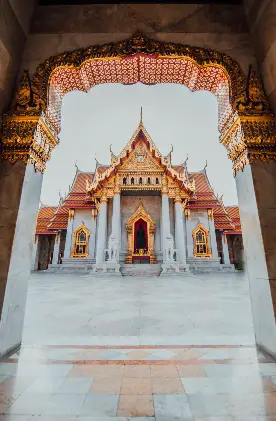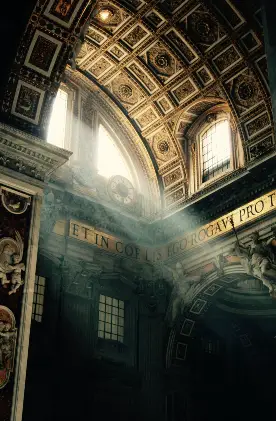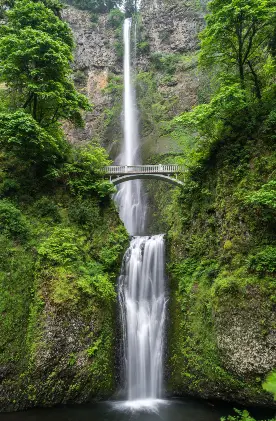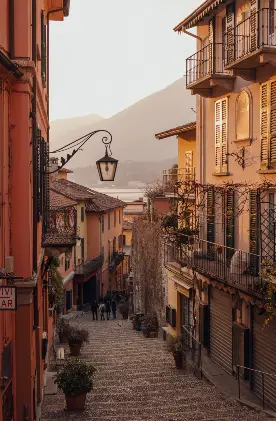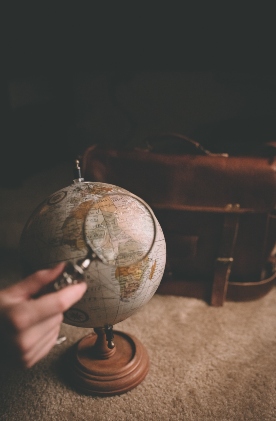If you are an art buff, a trip to Italy is a must! There are numerous stunning galleries where you can adore the most intricate and famous works of the biggest talents in the world, yet you should have a more precise plan of which museums hold the very best artwork. So, to help yourself, check out our list of the top 5 galleries in Italy every traveler should visit!
1. Uffizi Gallery (Florence)
Extremely well-known and famous, the Uffizi Gallery is one of the most prominent galleries in Italy and Europe overall. Forget the notion that only the Louvre Museum in Paris has the best art pieces when we have the Uffizi Gallery right here in Florence!
Here you can see the exhibitions of Leonardo da Vinci and his paintings of The Adoration of the Magi and Annunciation. There are also stunning works of Sandro Botticelli, especially The Birth of Venus and Primavera, two of the most breathtaking and vital pieces of Italian Rennaissance and Western art.
Uffizi Gallery is an establishment of over 1000 paintings, sculptures, printing, and other general art forms. It is spread across 50 halls, so even if visiting was not in your original plan, wherever you are, board any available trains to Florence, take your time, and breathe in the erudition of ancient geniuses.
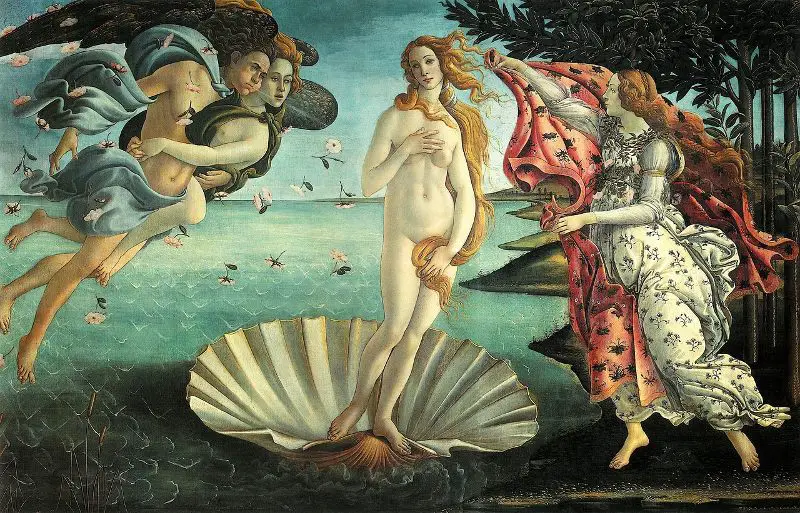
2. Biennale (Venice)
Biennale is an international cultural exhibition hosted in Venice annually by the Biennale Foundation. It has been organized every year without fault since 1895, which makes it the oldest of these kinds of galleries. It includes art and architecture, the main exhibitions taking place in Castello, and the halls of Arsenale and Biennale Gardens.
In the past, you could have seen rooms dedicated to Gustav Klimt, a one-man show of Renoir, and art by Picasso. Nowadays, 28 countries represent themselves and their art during the exhibition. In 2022, the Biennale runs from 23rd April to 27th November, so make sure you can still squeeze in your holiday and see the most impressive artists and their works.
“May you live in interesting times” is the motto of the Biennale, and it speaks so loudly that you cannot consider missing this great show!
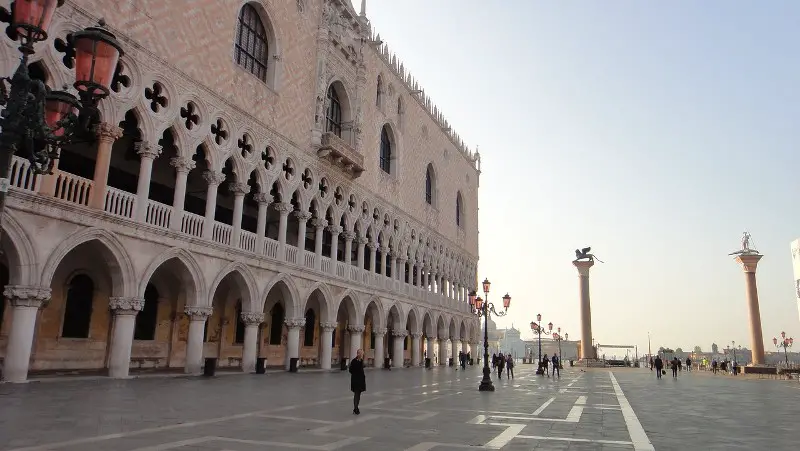
3. The Roma Museum (Rome)
Take the Venice to Rome train and settle in for a whole different vibe of galleries. The Roma Museum was founded in the Fascist era in order to document the local history and traditions, aiming to save the pieces of old Roman times that were rapidly disappearing and changing. Initially, it was not intended as an art gallery but eventually became that way and is now available for touring.
Thanks to numerous donations, bequests, and acquisitions, you can now witness over 100,000 objects, verging from sketches to oil paintings, engravings, and old illustrated books. In addition, there is stuff from the Roman Middle Ages and many written out, detailed stories of the last 180 years of the city.
You can witness the works of Pompeo Batoni, Giovanni Paolo Panini, and many others, including Nicola Salvi, the designer of the Trevi Fountain! If you ever wished to know Rome in-depth, this is your chance!
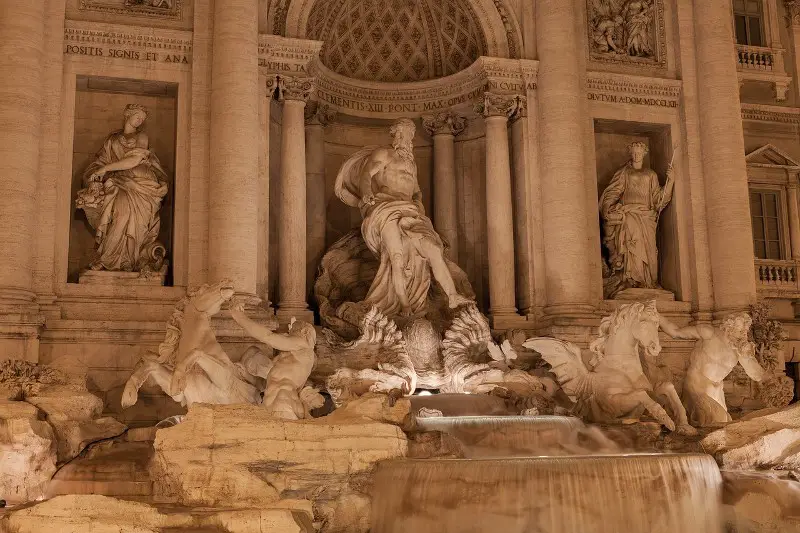
4. Brera Art Gallery (Milan)
While many know Milan for its architecture, fashion, and lavish lifestyle, it is also a city of art. Especially with Brera Art Gallery standing so proudly. Containing one of the foremost collections of Italian paintings, the gallery is usually flooded with tourists admiring the culture depicted on canvas, all from the 13th to the 20th centuries.
There is plenty of art characterizing the Napoleonic Era and even more of the Romantic period. Take your time to inspect the visuals created by Caravaggio, Raphael, Hayez, Rubens, Tiziano, Tintoretto, Bellini, Lotto, Andrea Mantegna, and many others.
Brera Art Gallery is perfect not only for art fans but for people trying to get a better grasp on architecture and sculpturing, though you have to be quite attentive to delve deep and understand how ancient minds work.
Though the gallery’s origins go back to the 13th century, it was officially established on August 15, 1809, Napoleon’s birthday, and the date holds significant meaning to this day. To commemorate its initial intent not only to admire but also to teach, Brera Art Gallery is often used for public performances and lecturing!
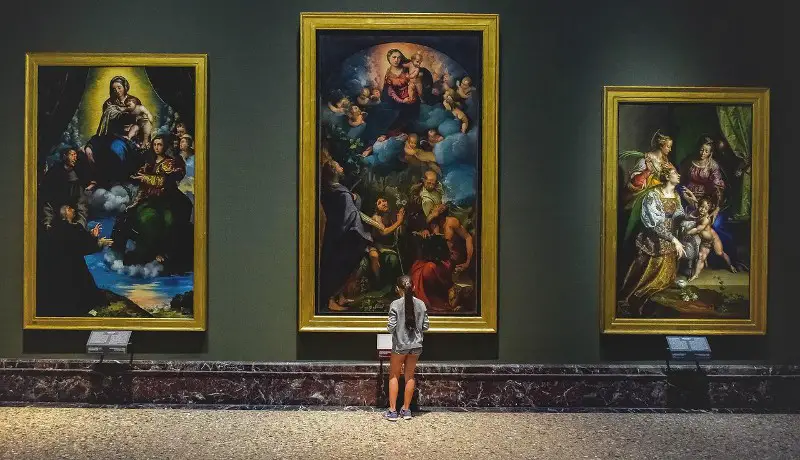
5. Vatican Museums (Vatican City)
On the surface, people might see the Vatican City’s importance only from a religious and historical perspective, but you cannot dismiss their mind-blowing and significant museums. The Vatican Museums consist of 54 museums with 1400 rooms, chapels, and galleries in total.
Contrary to popular belief, the museums were established only in the 16th century, when Pope Julius II moved his collection to the Octagonal Court. In 1508 he commissioned Raphael to redecorate the Stanze, which then gained the name of Raphael Rooms and were the unofficial beginning of the Vatican Museums.
It is hard to decide where to start once you get to the Vatican. Still, the most important places to visit are the Gregorian Egyptian Museum, Chiaramonti Museum, Pinacoteca, Borgia Apartments, and, of course, the Sistine Chapel. Tour the latter to witness the most intricate works of Michelangelo’s ceilings, painted between 1508 and 1512. Take your time to admire the frescoes and overall interior, as well.
The Vatican City is like a little bundle of art and light, and it is a must-see on your trip to Italy. Even if you do not enjoy art generally, keep your eyes open and your heart ajar – it will speak to you. As Pablo Picasso so elegantly put it, “Art washes away from the soul the dust of everyday life”. Let it!
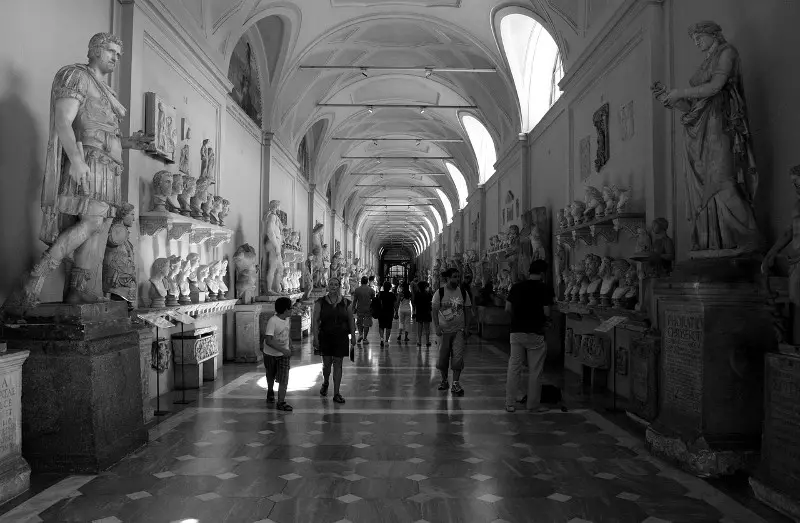
Remember that the museums are top-rated and often crowded, so you might want to purchase your ticket ahead of time! The most important thing, however, is that you take your time and let yourself be swept away by the beauty of it all.











